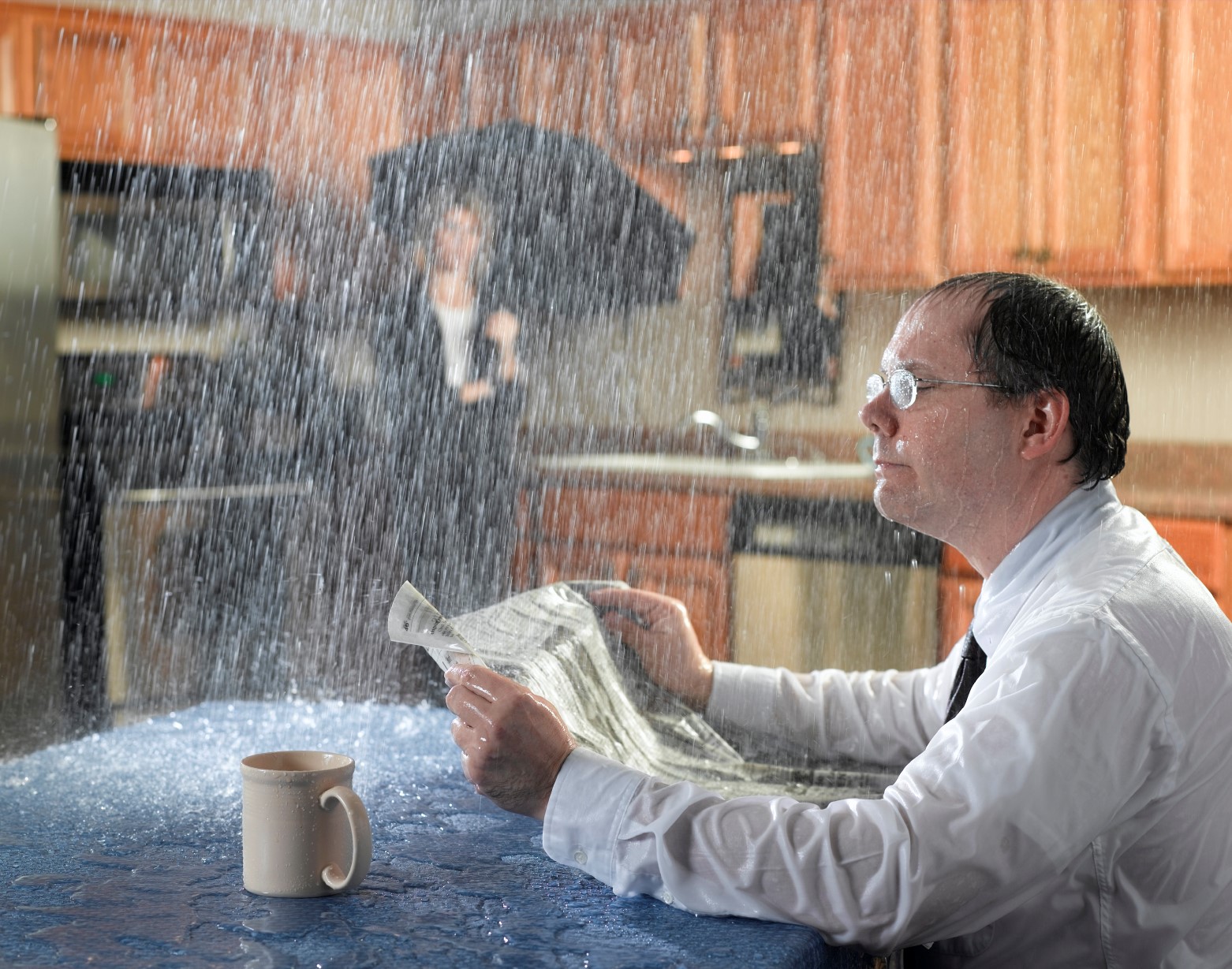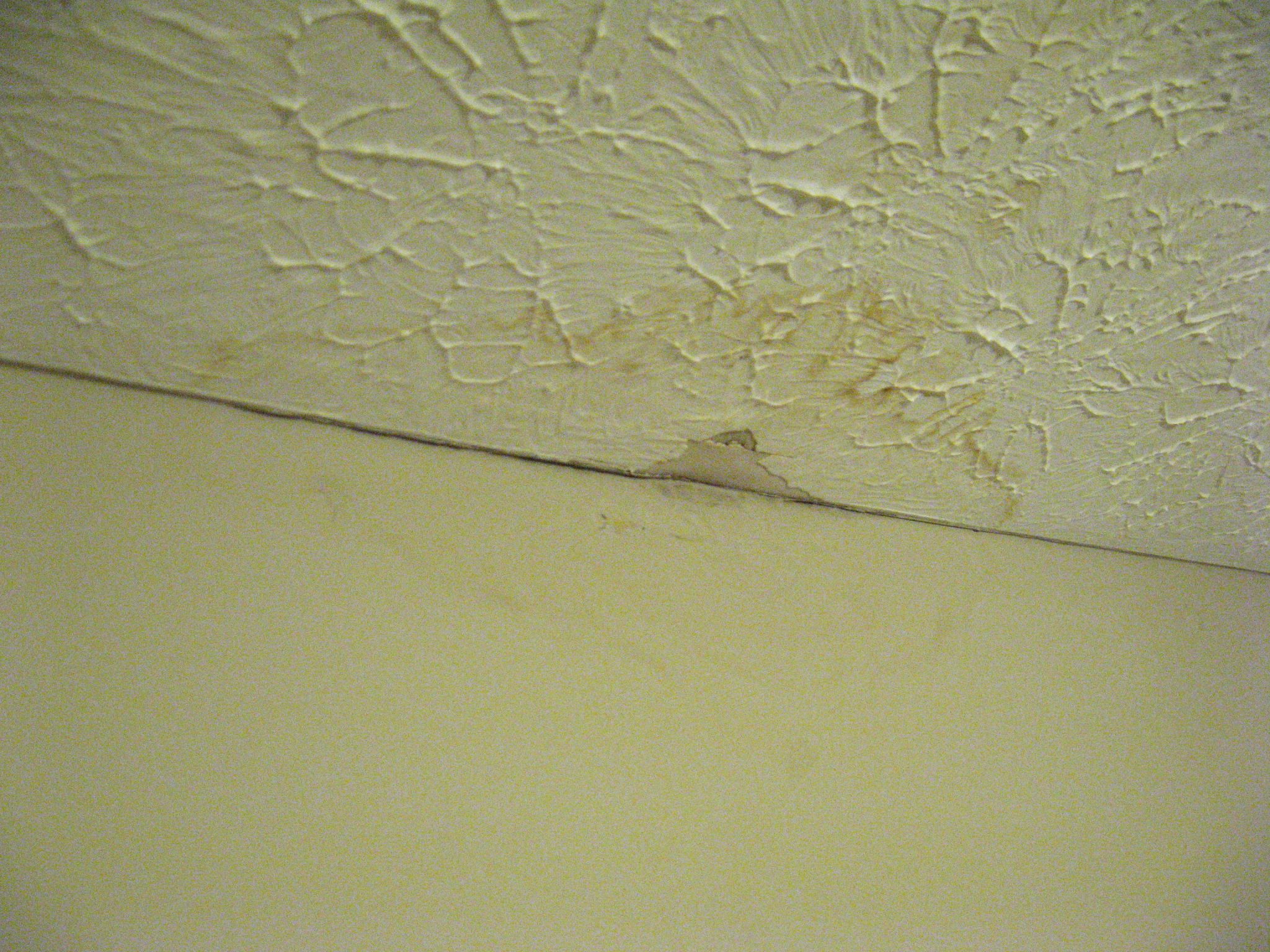Expose Common Roots of Water Leaks Within The House
Expose Common Roots of Water Leaks Within The House
Blog Article
Are you on the lookout for ideas concerning How to Find Water Leaks?

Leaks not only cause waste of water but can also trigger unnecessary damages to your house and also promote undesirable natural growth. Regrettably, water leaks might go undetected because most of the pipework in our house is concealed. By looking and recognizing for everyday circumstances that create leakages, you can shield your home from future leaks and unneeded damage. Today, we will take a look at six leak creates that may be triggering your pipes to drip.
Intruding origins
The majority of water leaks begin outside the residence instead than inside it. You might see wet spots or sinkholes in your yard, and that may indicate that tree roots are invading water lines triggering water to leak out.
Rusty water supply
This might be the cause of discoloration or bending on your water pipelines. If our plumbing system is old, consider replacing the pipes considering that they are at a higher danger of rust than the newer versions.
Malfunctioning Pipeline Joints
Pipeline joints can wear away over time, resulting in water leakages. If you have noisy pipes that make ticking or banging sounds, specifically when the warm water is transformed on, your pipeline joints are probably under a great deal of pressure.
Immediate temperature changes.
Extreme temperature adjustments in our pipes can trigger them to expand as well as acquire unexpectedly. This expansion as well as contraction may trigger splits in the pipes, particularly if the temperature are listed below freezing.
Poor Water Connectors
Sometimes, a leak can be triggered by loose hose pipes as well as pipelines that provide your home appliances. Typically, moving is what causes the loose water Links. You may find when it comes to a washing maker, a hose pipe might spring a leakage as a result of shaking during the spin cycle. In case of a water links leakage, you might see water running straight from the supply line or pools around your home appliances.
Clogged Drains
Obstructed drains might be irritating and also inconveniencing, however they can in some cases end up creating an overflow causing break pipelines. Maintain eliminating any kind of materials that may drop your drains pipes that can clog them to stay clear of such inconveniences.
All the above are reasons for leaks but not all water leakages arise from plumbing leaks; some leakages may originate from roofing system leakages. All leaks must be repaired quickly to avoid water damages.
Leakages not just cause waste of water however can also cause unnecessary damage to your house and also promote undesirable natural development. By recognizing as well as looking for everyday scenarios that create leakages, you can protect your house from future leakages as well as unnecessary damages. Today, we will certainly look at six leak triggers that might be creating your pipes to trickle.
At times, a leak can be caused by loosened hoses and also pipes that supply your home appliances. In situation of a water links leakage, you might see water running directly from the supply line or puddles around your devices.
How To Check For Water Leak In Your Home
How To Check for Leaks
The average household's leaks can account for nearly 10,000 gallons of water wasted every year and ten percent of homes have leaks that waste 90 gallons or more per day. Common types of leaks found in the home are worn toilet flappers, dripping faucets, and other leaking valves. These types of leaks are often easy to fix, requiring only a few tools and hardware that can pay for themselves in water savings. Fixing easily corrected household water leaks can save homeowners about 10 percent on their water bills.
To check for leaks in your home, you first need to determine whether you're wasting water and then identify the source of the leak. Here are some tips for finding leaks:
Take a look at your water usage during a colder month, such as January or February. If a family of four exceeds 12,000 gallons per month, there are serious leaks.
Check your water meter before and after a two-hour period when no water is being used. If the meter changes at all, you probably have a leak.
Identify toilet leaks by placing a drop of food coloring in the toilet tank. If any color shows up in the bowl after 10 minutes, you have a leak. (Be sure to flush immediately after the experiment to avoid staining the tank.)
Examine faucet gaskets and pipe fittings for any water on the outside of the pipe to check for surface leaks.
Undetected water leaks can happen without the home or business owner even realizing. If you suspect a water leak, but not able to find the source. It is time to contact a professional water leak detection service, The Leak Doctor.
How To Find a Water Leak In Your Home
https://www.leakdoctor.com/blog/How-To-Check-For-Water-Leak-In-Your-Home_AE197.html

Do you like reading up on Most Common Causes of Leaky Pipes? Give a remark further down. We would be interested to see your opinions about this post. We are looking forward to see you back again in the future. Do you know about somebody else who is enthusiastic about the topic? Why not share it. Kudos for your time. Come back soon.
Overflow? We're here! Report this page